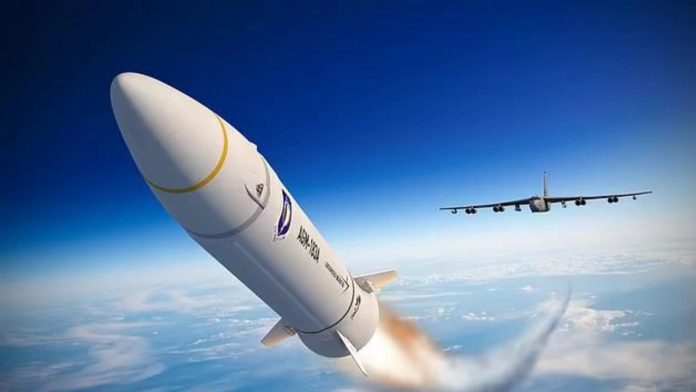On September 15th, 2021, the United States, the United Kingdom, and Australia announced the birth of a new tri-lateral security alliance to focus on the Indo-Pacific region. While trilateral relationships between these three countries had been positive for decades, this announcement and the subsequent submarine deal were engulfed in controversy, mostly at the expense of the French Republic.
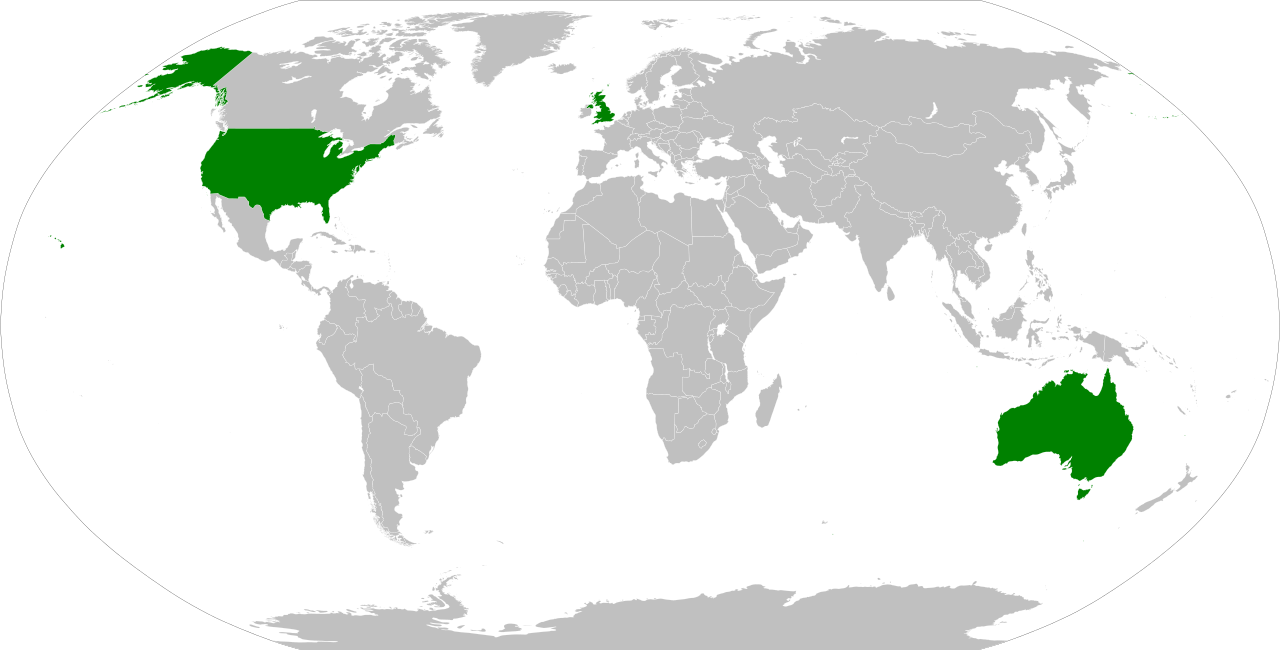
The Submarine Deal, Broken Then Remade
Beginning in 2009, the Australian government identified the need for a modern replacement to their aging fleet of conventionally powered Collins class attack submarines.
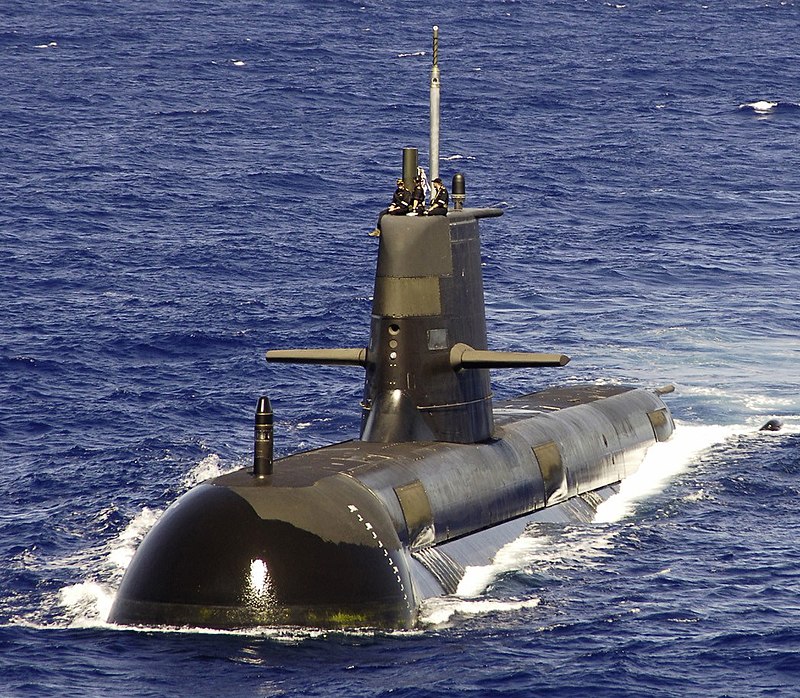
The last Collins class was launched in 2003 and the Australians maintained a fleet of 6 boats. The submarines have been the subject of many incidents and technical problems since the design phase, including accusations of foul play and bias during the design selection, improper handling of design changes during construction, major capability deficiencies in the first submarines, and ongoing technical problems throughout the early life of the class. This caused the Australian Prime Minister to sign a 50B USD with French government-owned ship builder, Naval Group. However, by 2021, the honeymoon phase had ended with severe cost run-ups and delays. The primary reason for the delays was the Naval Group’s inability to integrate American combat systems and torpedoes into the design based on the French Barracuda Class Submarine. In March of 2021, the UK, recently freed from EU defense reporting due to the BREXIT deal, had brought the United States into the bilateral discussions between London and Canberra. The result was the Australians walking away with a viable “off-ramp” to French delays through the development of nuclear submarines from the US and UK.
International Fallout
French President Macron decried the cancellation of France’s largest military contract as “a stab in the back”, and actually recalled its ambassadors from Australia and the United States. However, the largest backlash actually came from China. Currently, only six nations in the world have nuclear submarines, the six standing members of the UN Security Council (China, France, Russia, the United Kingdom and the United States) and India. Due to the deteriorating geo-political situation between China and its South China Sea neighbors, Australia identified the need for nuclear-powered submarines which could operate in those contested waters.
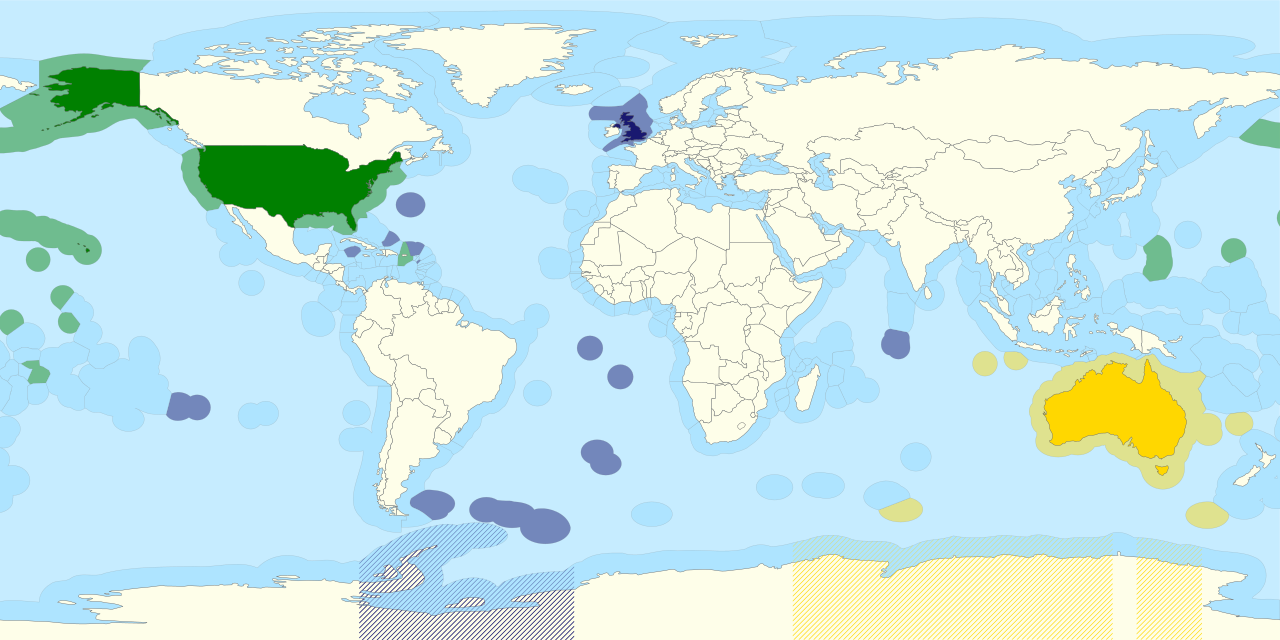
China perceived this deal as a major case of nuclear proliferation in its backyard. Chinese Foreign affairs department spokesperson Zhao Lijian said, “The nuclear submarine cooperation between the US, the UK, and Australia has seriously undermined regional peace and stability, intensified the arms race, and undermined international non-proliferation efforts”. Zhao also said, “The three countries should discard the Cold War zero-sum mentality and narrow geopolitical perspective”.
Extension Into Hypersonics
Before we get into the newly announced pillar of AUKUS, it is important to level the playing field on what Hypersonic Weapons are. A hypersonic weapon is defined by two primary characteristics:
- Munitions or their delivery systems traveling at speeds in excess of Mach 5 (about 1 mile per second)
- High maneuverability throughout the flight path (can be in the boost and terminal phase)
This definition is distinct in the second characteristic in that you can have ballistic missiles (after launch the munition follows a predictable path with no maneuverability) that reach

hypersonic speeds. Just because a munition achieves hypersonic speeds, this does not make it a hypersonic weapon. Hypersonic weapons reach speeds in excess of Mach 5 by utilizing Hypersonic Glide Vehicles, Ramjet and more experimental Scramjet engines.
Hypersonic Glide Vehicles are simply delivery vehicles that detach at the completion of a traditional rocket’s boost phase and “glide” to their target.
The ramjet sometimes called a stovepipe jet or athodyd is an air-breathing jet engine, which uses the engine’s forward motion to compress incoming air, without a rotary compressor present in jet engines. By design, ramjets cannot produce thrust at zero velocity, initially when they are still. Therefore, the aircraft require a propulsion system to initiate the movement for compression in the ramjet to undertake.
Scramjet, or Supersonic Combustion RAMjet, works in a similar way to Ramjet, but the intake air is already supersonic, thus allowing further compression and thrust. The theoretical top speed of a scramjet lies between Mach 12 and Mach 24, and the fastest air-breathing aircraft has Scramjet engines; the NASA X-43A which reached Mach 9.6.
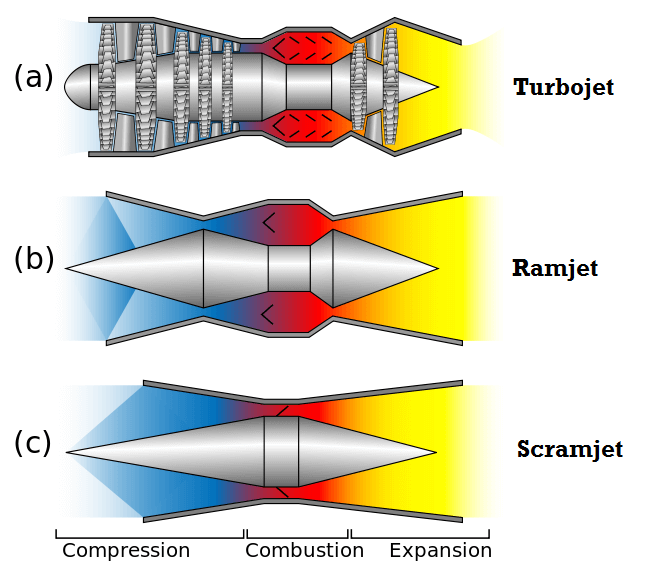
AUKUS Hypersonics
The United States, since the early 2000’s, has been developing separate programs within the Department of Defense to develop Hypersonics:
U.S. Navy—Conventional Prompt Strike (CPS);
U.S. Army—Long-Range Hypersonic Weapon (LRHW);
U.S. Air Force—AGM-183 Air-Launched Rapid Response Weapon (ARRW,
pronounced “arrow”);
U.S. Air Force—Hypersonic Attack Cruise Missile (HACM);
DARPA—Tactical Boost Glide (TBG);
DARPA—Operational Fires (OpFires); and
DARPA—Hypersonic Air-breathing Weapon Concept (HAWC, pronounced
“hawk”).
Since March of 2020, the United States and Australia have been working on a bi-lateral hypersonic weapons program called Southern Cross Integrated Flight Research Experiment (SCIFiRE). Since 2020, the United Kingdom also opened it own hypersonic missile program which was quickly integrated with several of the aforementioned American programs.
On April 5th, 2022, Australian Prime Minister Morrison, as well at U.S. President Biden, and U.K. Prime Minister Johnson simultaneously announced the expanded cooperation agreement of the AUKUS alliance. The coordinated statement said this:
We also committed today to commence new trilateral cooperation on hypersonics and counter-hypersonics, and electronic warfare capabilities, as well as to expand information sharing and to deepen cooperation on defense innovation. These initiatives will add to our existing efforts to deepen cooperation on cyber capabilities, artificial intelligence, quantum technologies, and additional undersea capabilities. As our work progresses on these and other critical defense and security capabilities, we will seek opportunities to engage allies and close partners.
We can probably expect the three nations to continue to pool their resources in further development and eventual fielding of the systems that the United States has already tested. However, it is clear that this extension into hypersonics has jolted the Chinese. Three hours after the announcement on April 5th, Chinese Foreign Ministry spokesperson Zhao Lijian announced that this cooperation on hypersonics within AUKUS is a direct threat to China and is viewed as a risk to nuclear proliferation and cold war ideology against China. China is also concerned that this will further engulf the world in the already running arms race for future technologies. So let’s take a look at Russia and China’s Hypersonic missile programs.
Russian Federation
Russia is pursuing two hypersonic weapons programs—the Avangard and the 3M22 Tsirkon (orZircon)—and has reportedly fielded the Kinzhal (“Dagger”), a maneuvering air-launched ballistic missile.
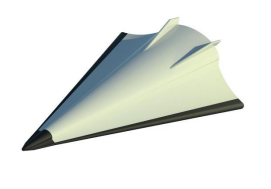
Avangard (Figure 2) is a hypersonic glide vehicle launched from an intercontinental ballistic
missile (ICBM), supposedly giving it unlimited range, however, there has been a record of vital test failures in the last 2010s, despite Russian media claiming it entered combat duty in 2019. Avangard is currently deployed via the SS-19 Stiletto ICBM, though Russia plans to eventually launch the vehicle from the Sarmat ICBM. Sarmat is still in development, although it is scheduled to be deployed by the end of 2022. It is probable that the Russian Federation does not have a significant number of these munitions built, let alone deployable.
The 3M22 Tsirkon is a ship-launched hypersonic cruise missile capable of traveling at speeds of between Mach 6 and Mach 8. According to Russian news sources, Tsirkon has a
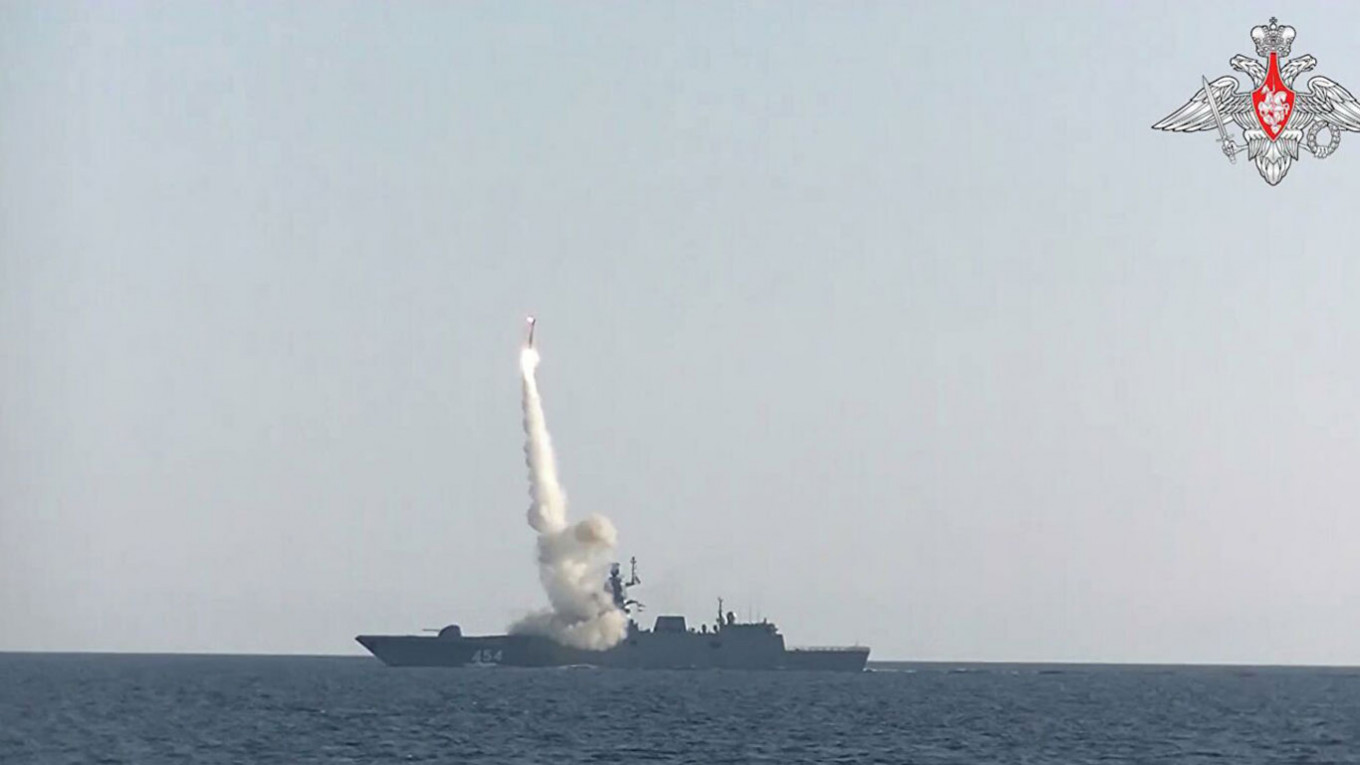
range of between approximately 250 and 600 miles and can be fired from the vertical launch systems mounted on several cruisers through their vertical launch cells. These sources assert that Tsirkon was successfully launched from a Project 22350 frigate in January, October, and December 2020 and from a Project 885 Yasen-class submarine in October 2021. It is also unlikely at this time that the Tsirkon is fully operationally capable, probably achieving that by 2023.
And finally, we have the Kinzhal, a maneuvering air-launched ballistic missile
modified from the Iskander missile. It is important to note that there is a lot of debate as to if the Kinzhal is truly a hypersonic missile. While its speed is undisputed as being greater than Mach 5, the maneuverability beyond that of a traditionally air-launched ballistic missile is up to debate. It is highly unlikely that the Russian Federation would have been able to pull ahead of China and the United States in the development of Air-Launched Hypersonic missiles. The Russian Air Forces have reportedly deployed this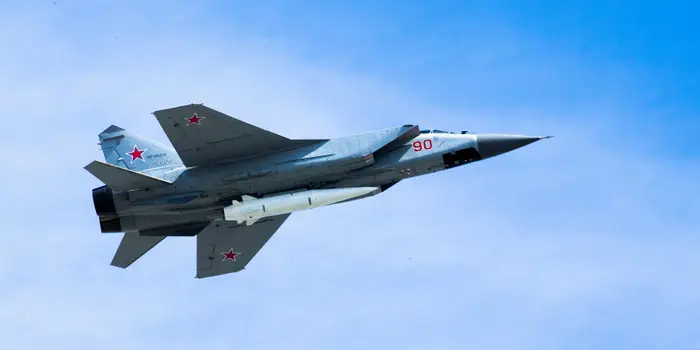 missile on the MiG-31 and the Su-34 long-range strike fighter, most notably in Ukraine, where it was used in combat for the first time. Russian media has reported Kinzhal’s top speed as Mach 10, with a range of up to 1,200 miles when launched from the MiG-31. However, such claims regarding Kinzhal’s performance characteristics have not been publicly verified by U.S. It is important to note that as the Russian Federation expands the use of the Kinzhal to the Tu-22M3, as they have expressed as a goal, it will be difficult for that slow moving strategic bomber to get the Kinzhal to the minimum required initial velocity. The reader should be on the lookout for announcements of successful Kinzhal launches from the Tu-22M3.
missile on the MiG-31 and the Su-34 long-range strike fighter, most notably in Ukraine, where it was used in combat for the first time. Russian media has reported Kinzhal’s top speed as Mach 10, with a range of up to 1,200 miles when launched from the MiG-31. However, such claims regarding Kinzhal’s performance characteristics have not been publicly verified by U.S. It is important to note that as the Russian Federation expands the use of the Kinzhal to the Tu-22M3, as they have expressed as a goal, it will be difficult for that slow moving strategic bomber to get the Kinzhal to the minimum required initial velocity. The reader should be on the lookout for announcements of successful Kinzhal launches from the Tu-22M3.
China
Although the Russian Federation has used their supposed Hypersonic Kinzahl in combat,
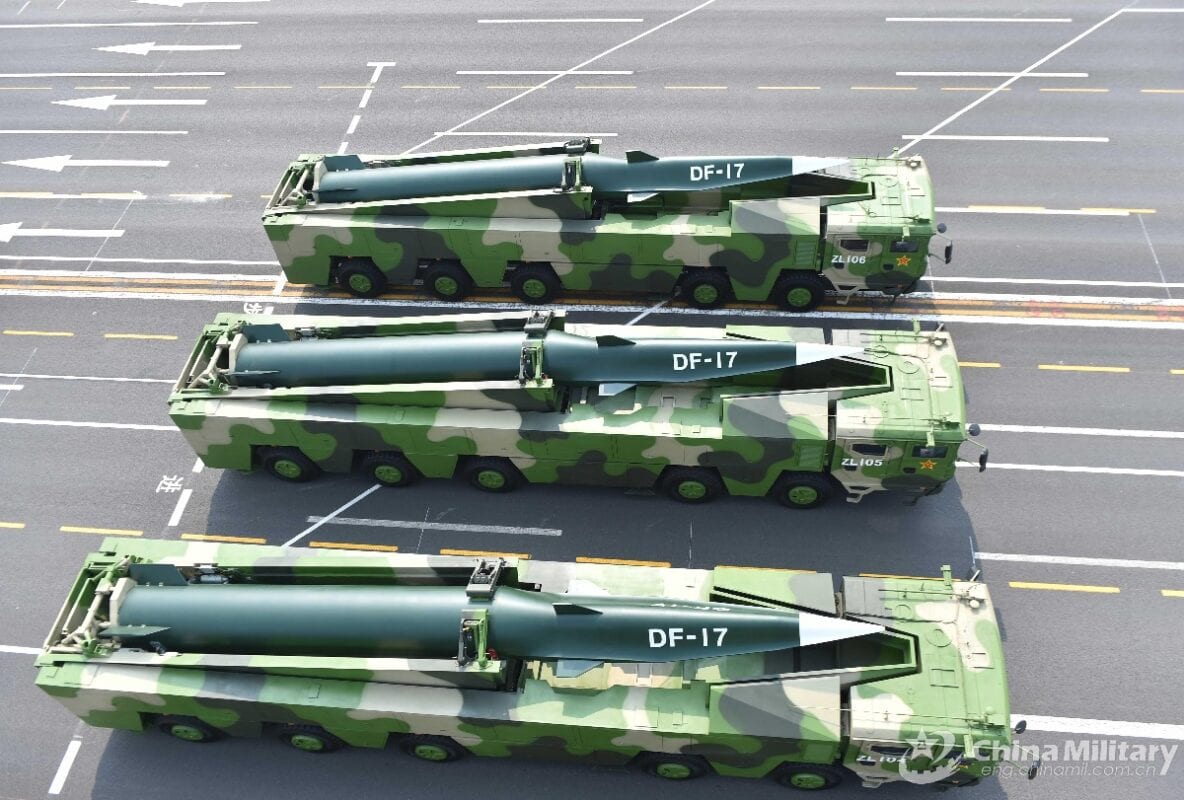
China is definitely the leading adversary nation to the United States in this field. They have conducted 20 times more hypersonic missile tests than the United States. Their desire to achieve this capability is due to their concern over the sophistication of U.S. Ballistic Missile Defense, especially on their carrier escorts and ground-based systems such as THAAD and Patriot. China has had several successful tests from the DF-17 and DF-21 (traditional ballistic missile launchers) to deliver the DF-ZF Hypersonic Glide Vehicle HGV (previously referred to as the WU-14) since 2014. This HGV is reported to be able to carry conventional and nuclear munitions more than 1200 nautical miles. The

Wu-14 was probably the HGV that made the famous trip around the world which, publicly, took the United States by surprise. In September of 2018 alone, China carried out successful tests of the D18-1S, D18-2S, and D18-3S, all different variants of hypersonic missiles.
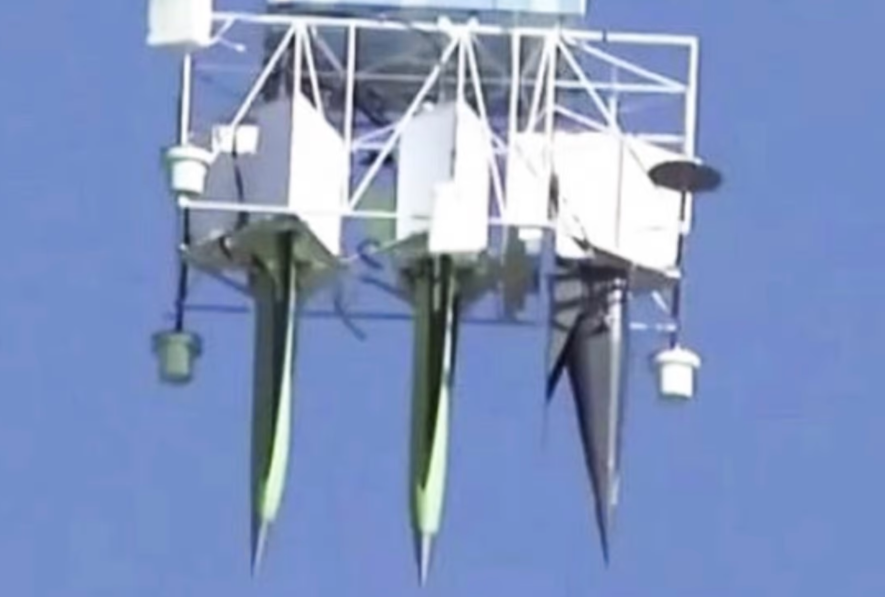
In addition to China’s impressive ground-based hypersonic launch platforms, they are also developing a hypersonic cruise missile called the Lingyun-1. Although revealed in 2018,
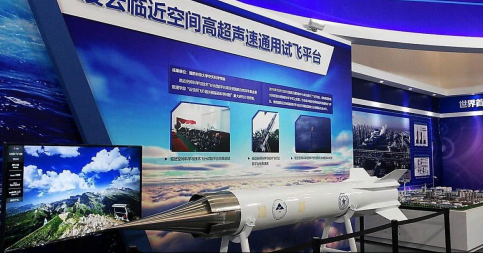
Technology expo,” The Defense Post, May 21, 2018.
little information is publicly available as to successful tests of the missile, which would be mounted on Peoples Liberation Army Navy vessels in order to carry them forward as anti-surface weapons. The traditional DF-21 , vaunted as a “carrier killer”, is expected to be a challenge of traditional American ballistic missile defense systems onboard Aegis capable ships, due to its speed. However, if the Lingyun-1 is able to be deployed on PLAN cruisers, then hypersonic weapons at sea would absolutely negate many advanced defense systems due to their maneuverability. China probably has the most robust hypersonic testing infrastructure in the world. The China Aerodynamics Research and Development Center claims to have 18 wind tunnels, while the China Academy of Aerospace Aerodynamics is known to operate at least three hypersonic wind tunnels—the FD-02, FD-03, and FD-07—capable of reaching speeds of Mach 8, Mach 10, and Mach 12, respectively. China also operates the JF-12 hypersonic wind tunnel, which reaches speeds of between Mach 5 and Mach 9 and the FD-21 hypersonic wind tunnel, which reaches speeds of between Mach 10 and Mach 15. It will reportedly complete the construction of the JF-22 wind tunnel, capable of reaching speeds of Mach 30, in 2022.
It is important for the reader to be aware of the Hypersonic Arms Race that is reaching a global stage. Not only are the United States, China, and Russia developing these munitions and defense to them, but also India, France, Germany, Japan, and North Korea.

